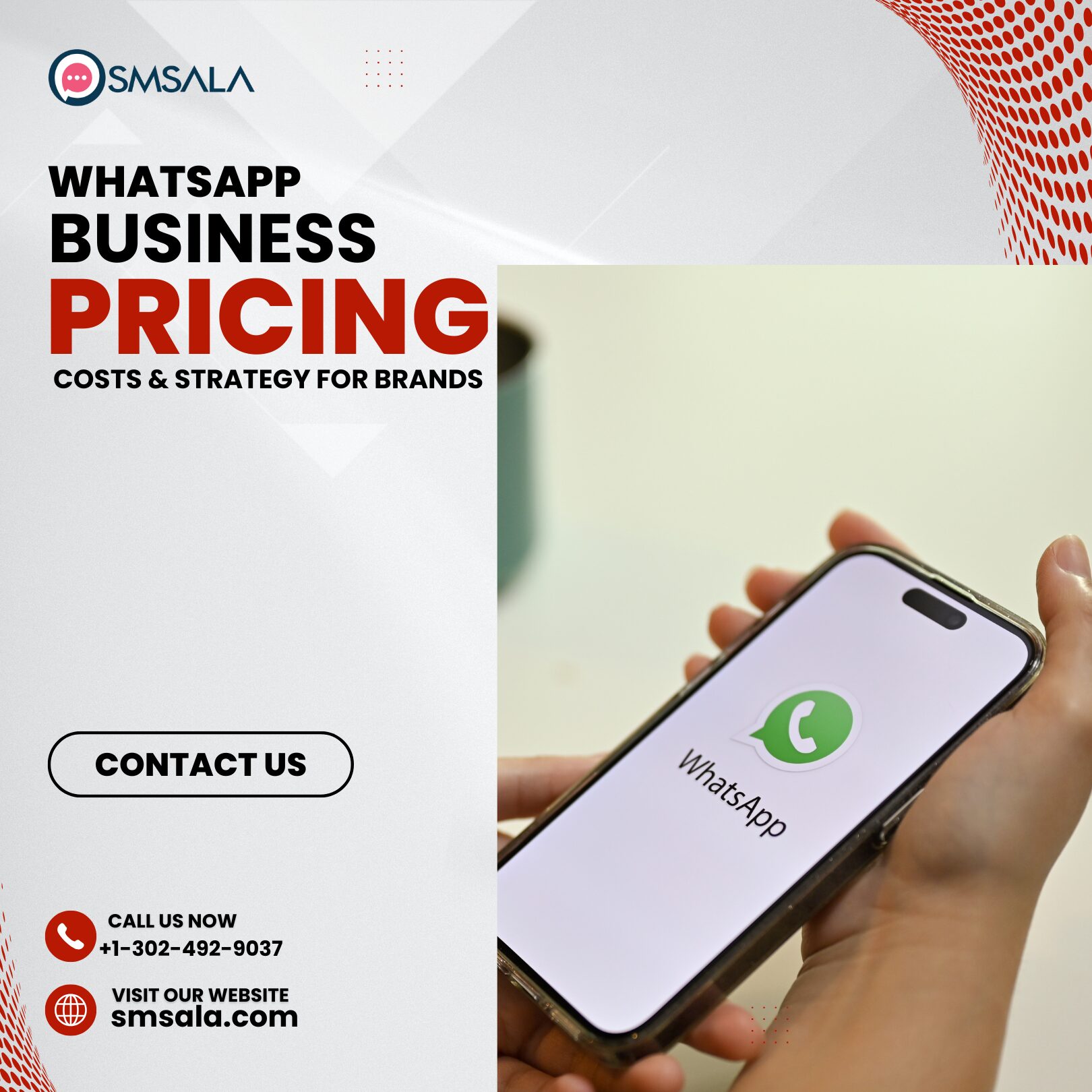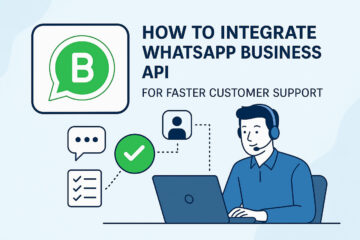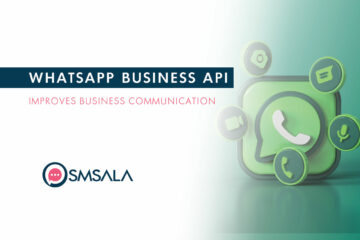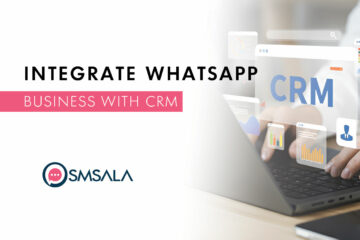For years, WhatsApp has been the quiet powerhouse of brand-to-customer messaging. Banks send balance alerts, airlines share boarding passes, retailers push flash sales, and startups use it for onboarding flows. U.S. brands adopted it gradually, but the global scale is undeniable: over 2 billion monthly users and 175 million daily business interactions.

Until now, WhatsApp’s conversation-based pricing provided predictability. Businesses paid once to unlock a 24-hour conversation, no matter how many messages were exchanged. On July 1, 2025, that changes. WhatsApp is shifting to a per-message billing model—meaning each outbound template is billed individually, except in clearly defined free windows.
This article unpacks everything U.S. marketers, product managers, and CX leaders need to know about WhatsApp Business pricing 2025 USA, how per-message billing works, what you’ll actually pay, and how to adapt strategically.
Why WhatsApp is changing pricing
WhatsApp’s conversation pricing model was introduced in 2022, at a time when Meta wanted to accelerate adoption. It was simple: one fixed fee per 24-hour session, regardless of how many messages you sent.
But this created issues:
- Overuse of “free” conversations → Brands blasted multiple templates in one session, gaming the model.
- Lack of transparency → Hard for finance teams to map cost per customer interaction.
- Inconsistency across channels → SMS, email, and push notifications already used per-message billing.
By moving to per-message pricing, WhatsApp:
- Aligns with industry norms (SMS costs per message, not per session).
- Discourages spammy, high-volume marketing.
- Offers clearer ROI metrics to advertisers.
- Creates new upsell paths for Meta, especially with WhatsApp ads.
Conversation pricing vs per-message billing
Here’s a side-by-side view of the two models:
| Feature | Conversation-Based (Old, pre-July 2025) | Per-Message (New, post-July 2025) |
| Billing Unit | One conversation (24h window) | Each outbound template message |
| User-Initiated Window | Free replies for 24h | Still free replies for 24h |
| Marketing Messages | One fee, unlimited within 24h | Charged per template |
| Utility Messages | Charged outside 24h | Free if within 24h CSW; otherwise billed |
| Authentication (OTP) | Charged per conversation | Charged per message |
| Transparency | Costs blurred across flows | Costs precise per message sent |
Think of it this way: under the old system, one ticket bought you unlimited bus rides in a day. Now, you buy a ticket for each ride—but short trips are free if you board within special windows.
What U.S. brands pay now
Exact pricing varies by BSP (Business Solution Provider), but the U.S. rate card is among the highest globally, reflecting market maturity. Here’s how it generally looks in 2025:
| Category | U.S. Typical Rate (July 2025) | Notes |
| Marketing | $0.015 – $0.025 per message | Charged every time a promo template is sent |
| Utility | $0 if within 24h CSW; $0.010 – $0.015 otherwise | Order updates, delivery confirmations |
| Authentication | $0.010 – $0.020 per OTP | Discounts at high volumes |
| User Replies | Free | All responses from customers within session |
Example: A retailer sending a flash sale promo (marketing) + order confirmation (utility) + delivery update (utility inside CSW).
Old model: 1 conversation fee (~$0.05).
New model: 1 marketing ($0.02) + order confirmation free + delivery update free = $0.02 total.
So depending on flows, costs could rise or drop. Marketing-heavy brands will pay more; utility-heavy brands may pay less.
Free messaging windows
Two free zones remain critical for cost optimization:
- 24h Customer Service Window (CSW): When a user sends or replies, the next 24 hours of outbound utility messages are free.
- Example: If a user texts “Where’s my order?” on Monday at 2 PM, your responses until Tuesday 2 PM are free.
- 72h Ad-Triggered Window: If a user clicks a “Click-to-WhatsApp” ad or Meta CTA, businesses can message freely for 72 hours.
- Example: A user clicks your Instagram story ad on Friday, you can message them until Monday.
- Example: A user clicks your Instagram story ad on Friday, you can message them until Monday.
Savvy marketers will design campaigns to encourage user replies and ad interactions, unlocking free engagement windows.
Real-world impact by category
Marketing-heavy businesses
E-commerce brands sending 3–4 promo pushes per week will see higher costs since each message now counts.
Adaptation: Invest in segmentation and personalization—fewer but more relevant messages.
Utility-driven businesses
Logistics, airlines, and banking often send order updates, alerts, and confirmations. Most fall inside free CSW, reducing costs.
Adaptation: Design flows to trigger updates only after user queries, keeping them in free mode.
Authentication flows
High OTP senders (fintech, SaaS) face linear costs but can negotiate volume discounts with BSPs.
Adaptation: Consolidate OTP flows with app-based alternatives where possible.
Strategic playbook for U.S. brands
1) Audit all message templates
- Label each as Marketing, Utility, or Auth.
- Eliminate gray-zone templates (e.g., utility with hidden promo language).
2) Encourage customer replies
- Add prompts like “Reply YES to confirm” to keep CSW alive.
3) Optimize marketing sends
- Merge promos: Instead of three small nudges, send one impactful update.
4) Leverage Meta ads
- Drive users into 72h free windows via Click-to-WhatsApp campaigns.
5) Negotiate with providers
- U.S. brands sending >1M messages/month should push BSPs for better tiers.
6) Experiment with hybrid channels
- For low-priority promos, use email/SMS; reserve WhatsApp for high-intent engagement.
Real-world examples
- Airline: Flight change alerts (utility) remain free if within CSW. Only ancillary upsells (like seat upgrades) get billed as marketing.
- Retailer: Flash sales (marketing) cost per push. But order updates and delivery confirmations remain mostly free.
- Fintech: OTP-heavy flows pay per auth message but unlock discounts via volume.
The bigger picture: Meta’s monetization push
This pricing shift isn’t just about fairness—it’s Meta’s strategy. WhatsApp has avoided ads for years, relying on business APIs for monetization. With per-message pricing:
- Revenue scales with engagement. No more “all-you-can-eat” conversations.
- Meta incentivizes ads. Click-to-WhatsApp ads create 72h free windows, driving ad spend.
- Brands pay for intent. Pure marketing spam becomes costlier, intentional engagement cheaper.
Future outlook for U.S. brands
Expect these trends:
- Stricter template classification → Fewer “utility” promos slipping through.
- More brands shifting to RCS and SMS for cheap bulk pushes.
- High-value flows staying on WhatsApp for trust, rich media, and engagement.
- Integration with AI assistants → Bots managing free CSW windows to maximize savings.
Conclusion
The WhatsApp Business pricing 2025 USA shift is not a penalty—it’s a forcing function for better communication. By charging per message, WhatsApp rewards brands who send fewer, smarter, more relevant messages while discouraging spammy floods.
For U.S. businesses, the winners will be those who:
- Redesign flows to maximize free windows.
- Segment and personalize campaigns.
- Balance WhatsApp with other channels.
- Negotiate aggressively for volume discounts.
Done right, the new model doesn’t just control costs—it builds trust, boosts engagement, and keeps WhatsApp the most powerful direct channel in the U.S. marketer’s toolbox.


